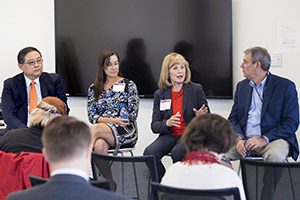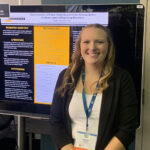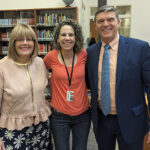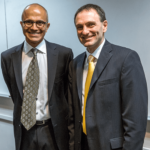For Wisconsin state Sen. Alberta Darling, the future of research in Wisconsin is not tied to one place.
“I see a triangle of Milwaukee, Eau Claire and Madison,” said Darling, “We could have I-94 as the research innovation highway.”
Darling talked about the state of research investment in the state as part of a panel discussion Oct. 12 at UWM’s Innovation Campus. This event was part of the Wisconsin Science Festival, a four-day statewide celebration of science and technology.

Other panelists – Deyang Qu, professor of mechanical engineering and Johnson Controls Chair at UWM; Laura Strong, founder and CEO of Madison-based Propagate Health; and Tom Still, president of the Wisconsin Technology Council – generally agreed with Darling’s vision.
Wisconsin leads the country in per capita innovation through patents for products, Darling said. An average of $1.7 billion is spent on public research in the state each year, according to Still. UWM spent about $55 million on research in 2017-18.
Translating those patents to the commercial marketplace for public use and consumption is something that this state could be improved upon, panelists said.
“I think as a state we have to consider it’s not just entrepreneurship, it’s innovation,” Strong said. “It’s about getting these discoveries into products to make this research worthwhile.”
To make research financially viable, some portion of that research needs to go into creating commercially appealing products for consumer use, panelists said.
Most funding for research comes from federal and state sources, while private funding is becoming more common. Federal and state funding of research has been declining, which led the panelists to favor commercially sustainable research innovations.
“We need to think about how we can tailor our curriculums and our state investments to turn our students into a skilled pipeline to the workforce,” Qu said.
Qu said his students and other UWM graduates have a great impact on Wisconsin’s workforce.
“Most of the students in mechanical engineering are from Wisconsin, and most after graduating will stay in Wisconsin,” Qu said. “That is the workforce that we train locally, and then stay locally.”






